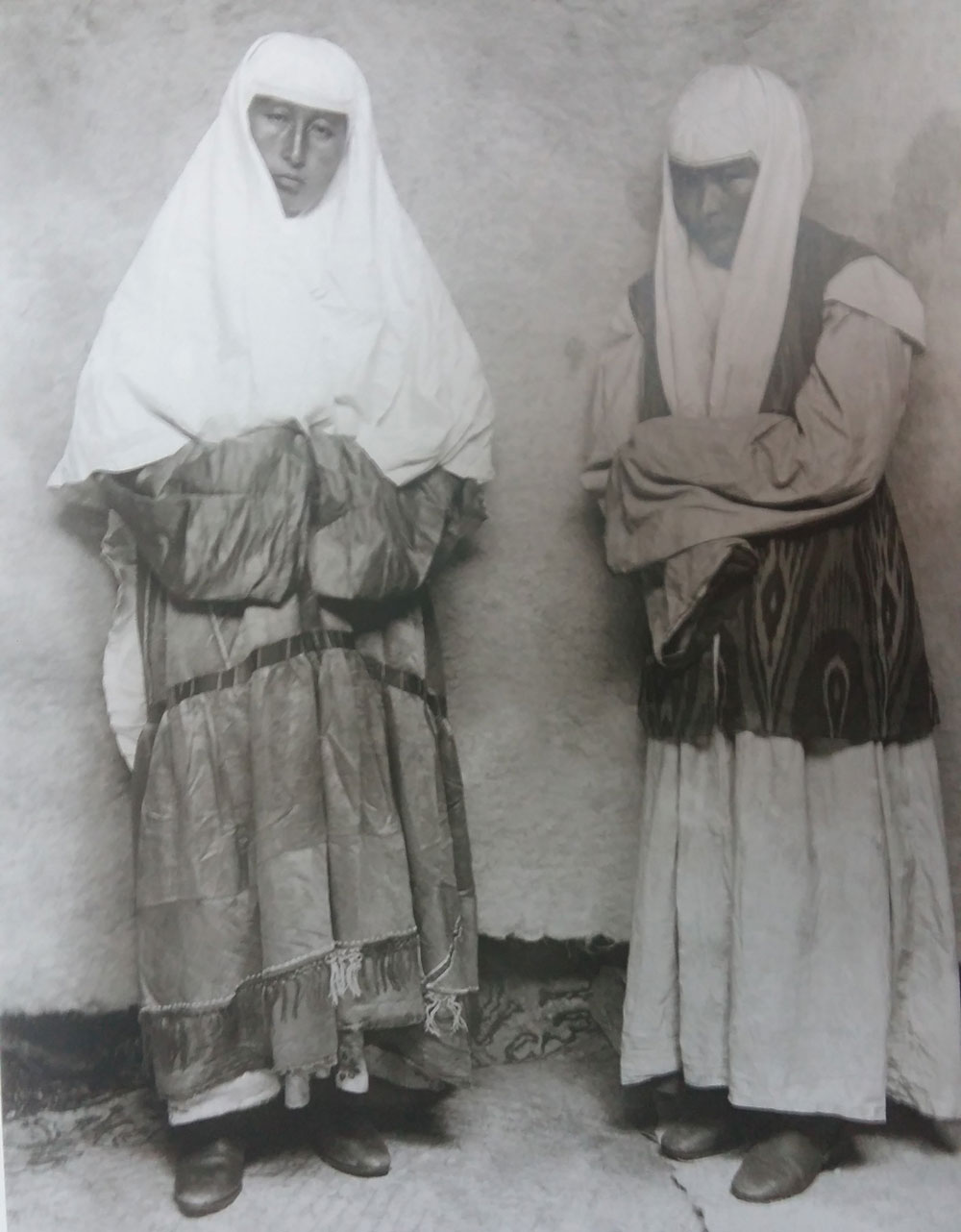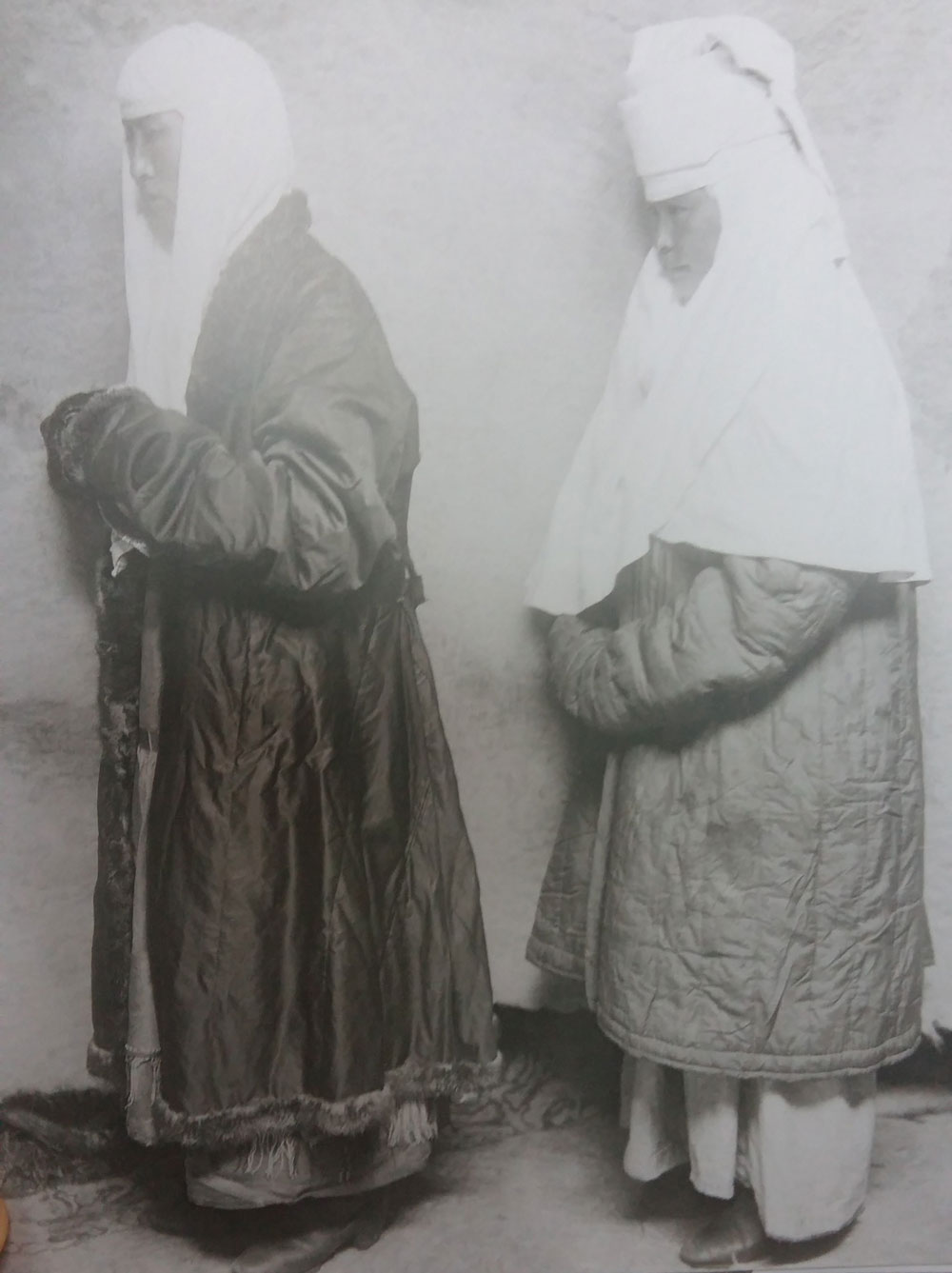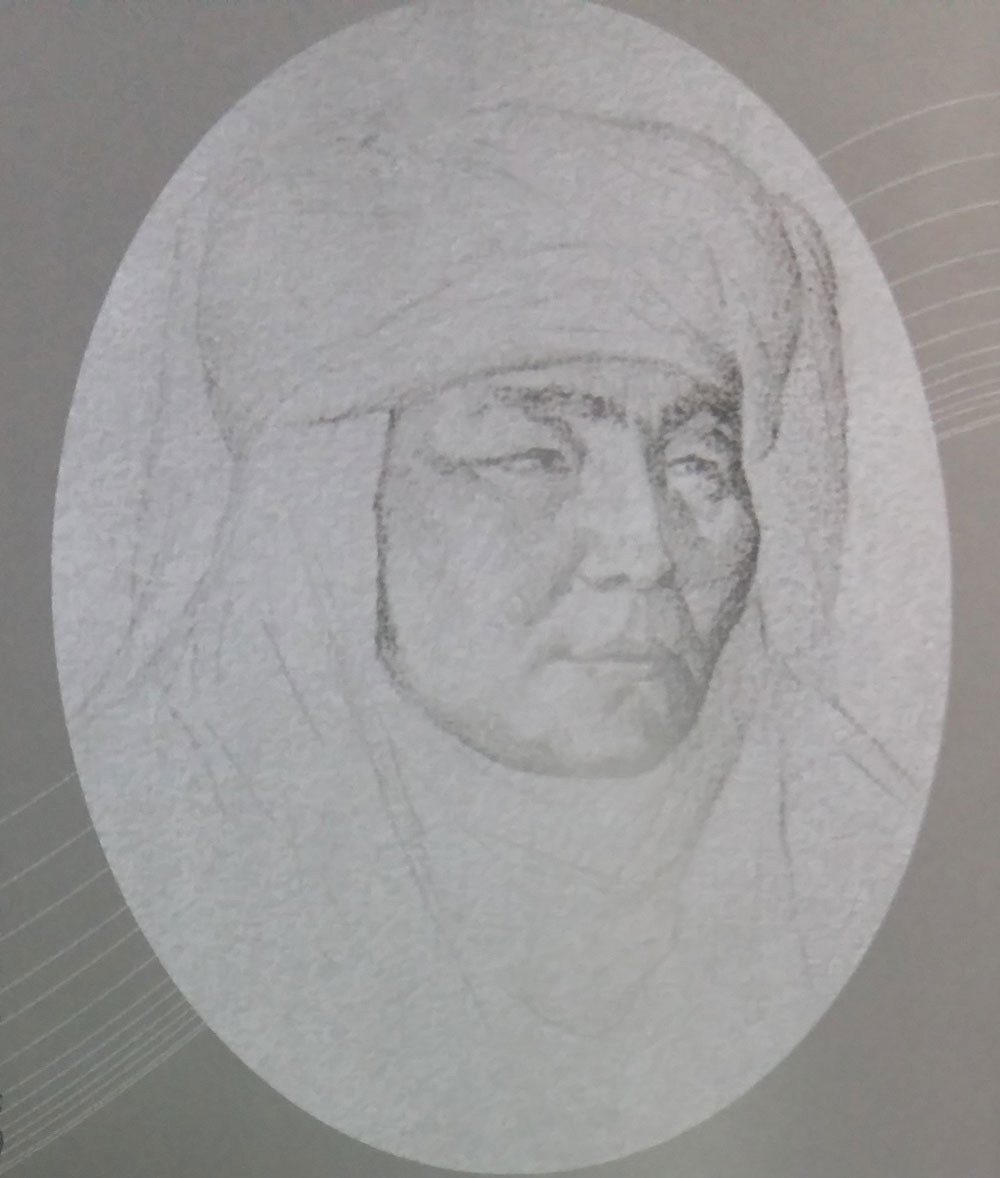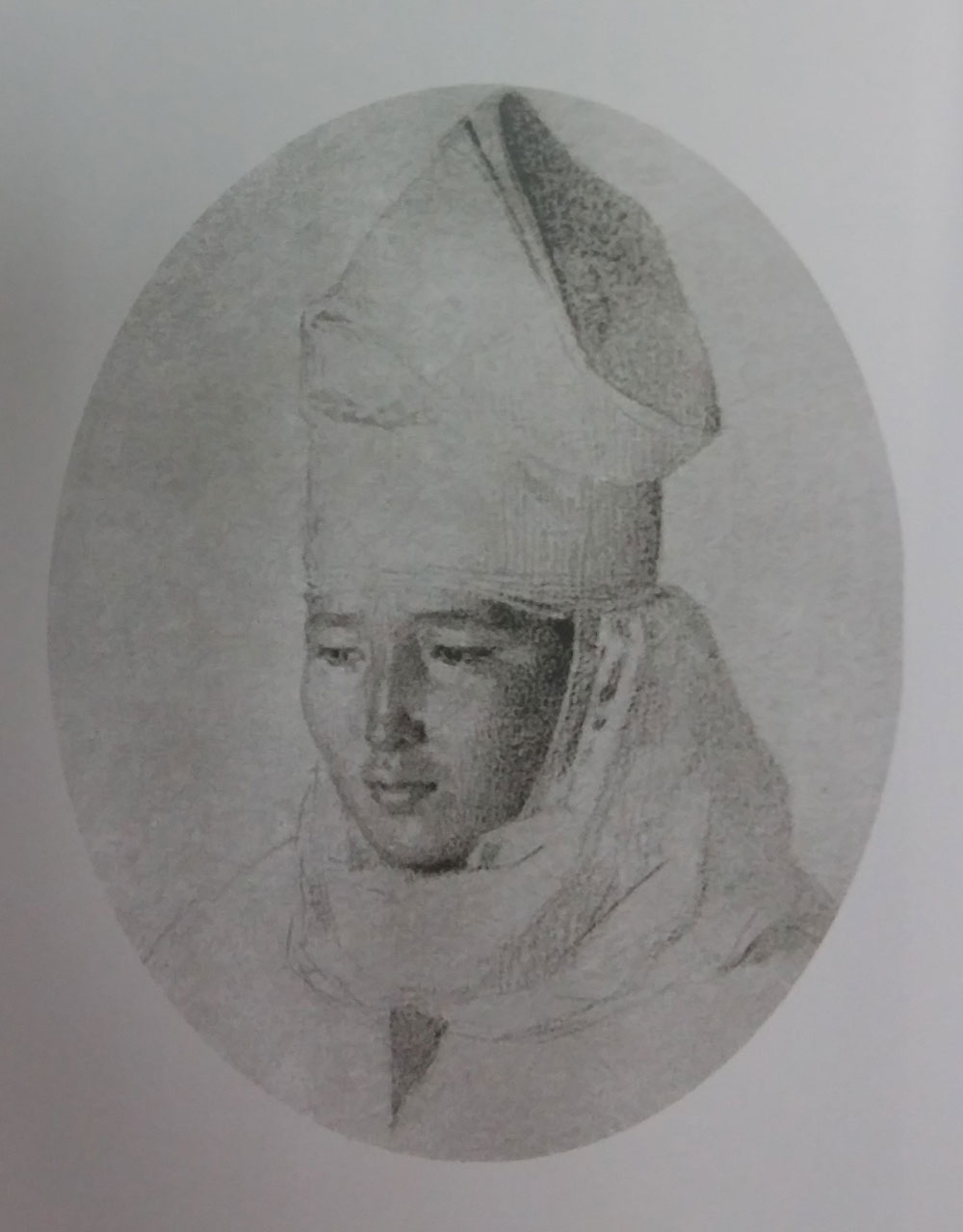
Kazakhs’ clothes in the traditional society performed several functions as in any other culture. The main pragmatic function of the clothes is to protect people from the natural environment effects. But, besides this, traditional costume played important ‘identification’ function: it was possible to determine the age and gender by the person’s clothes and his social status and tribal belonging.
Women’s clothing included trousers, shirt that often served as a dress and outerwear like kamzol and robe. The cut of a shirt-dress (koilek) was tunic-like. Young women preferred red or colored fabric, women of middle and old age — blue and white one. Since mid-XIX century, dresses were sewn from Russian chintz. Wealthy Kazakh women sewed dresses of silk, satin, velvet and brocade. The dress collar was trimmed as turn-down and since mid-XIX century; they had sewn it as choker. Single girls covered their breasts with a special bib and married women covered it with the breast part of the headdress. By the end of XIX century, the new cut became widespread: dresses were made as cut-off with bodice and cut-off for skirt. This kind of dress is considered as national Kazakh one till the present time.

Costumes of married Kazakh women
(Semirechye, S.M.Dudin, 1907)
Old women usually wore dresses of old cut. Judging from available photos, costumes of old women differed with disrepair, probably, it is due to the tradition refurbish old people’s clothes, but headwear always was kept clean and tidy. Widows’ clothes, by contrast, differed with disrepair and visible dirtiness, as they had no right to wash or refurbish their clothes until the expiry of mourning period.
Women and girls often wear a single dress in the house, but sometimes they put kamzol over it, the style of it was similar to men’s one but often sleeveless (or with short sleeves) and open collar; there were kamzols with long sleeves and with backing too. Girls and young women wore short sleeveless jackets reaching to the waist or mid-thigh besides kamzol. Women’s straight and wide robes (shapan) with long sleeves differed from men’s one, which were made of more colored fabric. The robes were decorated with the border of the fabric of another color. Wealthy women sewed festal ‘shapans’ from expensive fabrics, decorating them with braid, embroidery and stripes of fur. A bride’s gown was especially decorated exquisitely, which was an obligatory part of her dowry. The gown was sewed from velvet, satin, red, black or stripped Central Asian silk. A wedding gown was sewed with long sleeves, sewed at the bottom and decorated with embroidery, fur of otter of beaver and trimmed with patterned lace and braid.

Wealthy Kazakh women in travelling dresses
(Semirechye, S.M.Dudin, 1907)
Only girls and married women from wealth families had special winter clothes — kupi and ishik.
Women’s footwear had no difference from men’s one. Girls and young women wore boots — ‘etik’, sometimes on a high (up to 10cm) heel. Old women wore low-heel boots, but mostly they preferred ‘masi’ and ‘kebis’.
Significant differences are distinctively seen in the women’s clothes rather in men’s one depending on the age and social status of the man. It is noticeable on the woman, who reached definite age and social status, headwear, wearing certain kinds of jewelry and choice of costume colors. Young women wore clothes of bright colors, preferring red one, after 30 it was indecent to wear red clothes; old women tried to wear more formal: they wore dark or white clothes with modest embroidery and chose simple jewelry without bright inserted stones or glass. Wedding costume had a big number of jewelry, which emphasizes that wedding was a culmination moment in the woman’s life.

Married Kazakh woman in the national costume
(Altai, N.A.Ermolin, the end of XIX century)
In the mid-XIX century, a woman continued to wear a wedding headwear ‘saukele’ (or at least, a shawl from ‘saukele’ — ‘zhaulyk’) richly decorated with gold and silver plates, pearls, corals, precious stones until the birth of the first child. Saukele of the poor girls were decorated with coins, beads, strips of lace and tin foil. If the bride’s family could not afford to pay for saukele, bride usually wore an ordinary shawl of Russian style. There is a photo by V.V.Vereshchagin among represented illustration in the catalogue, which shows a rare type of bride’s headdress. This headwear has a rectangular shape of the top, which is not typical for Kazakh saukele and face drapes. On the other hand, it has characteristic elements of the traditional Kazakh saukele: forehead tiara and temporal jewelry.


Married Kazakh women in the national headwear
(Turkestanskii al’bom, photo by V.V.Vereshchagin)
A woman wore a headdress of the married woman with appearance of a newborn or when she reached the age of 25-30 and she did not put it off until the old age. Such headwear had territorial differences, but always were made of white cloth. Married woman wore kimeshek in most part of Kazakhstan, which tightly wrapped head and closed the neck, breast and shoulders.
Used material:
Kazakh traditional culture in the collections of Kunstkamera — Almaty, 2008. — p.224
